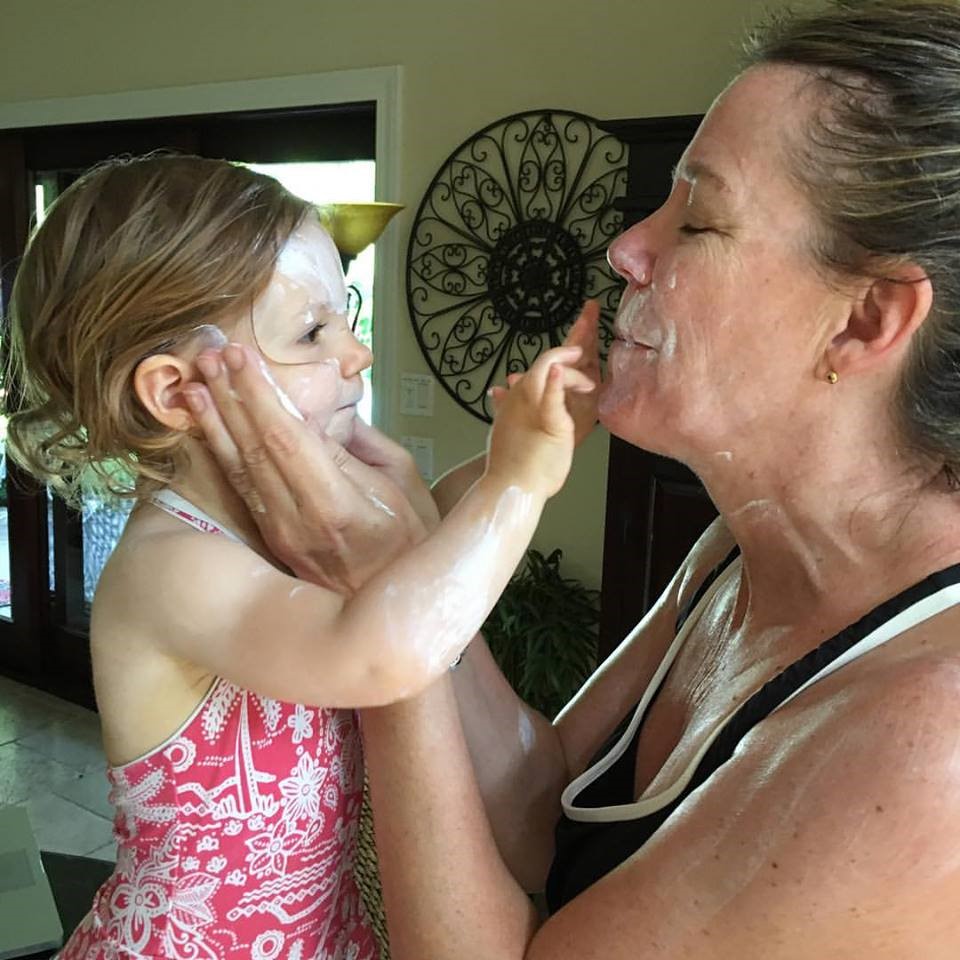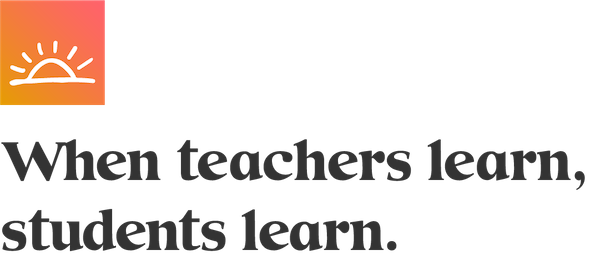Our granddaughter Hadley just turned two years old, and she's in the "Hadley do it" stage. Take a look at this picture. Can't you just hear her announcing—with conviction—that she is going to help? Hadley is going to do it. She is capable and willing, and really must do this.

The "I do it!" stage starts at an early age and continues throughout our lives. We understand the importance of allowing—and even encouraging—our own children and grandchildren to do things for themselves. But do we grace our children at school that same way? When they ask to hold the book, or choose their own reading goal, or select their Daily 5 task, do we encourage them? Or do we insist on continuing to do those things for them?
Although it is human nature to want to do it ourselves, giving students those opportunities tells them that we believe in them. We want them to be able to use skills and strategies even when we aren't there. For this to happen, they must be allowed to practice and try things on their own. After all, what are we really giving up? This shouldn't be about us—it should be about them and their learning. Let's not focus on what we are giving up as teachers. Instead, let's focus on what our students want and need. Let's prioritize their next steps to becoming proficient, so that we can allow them to do, on their own, the things that ultimately will help them become the best they can be, now and in the future.
So when children say to you, "I do it," offer them support—but let them do it! If we all do that, we'll be helping our children become the very best they can be.
This article might be missing links that were included at the time of publication.

